Saying goodbye to Wanci, we set our sails for a longer passage south west to the island of Flores. The winds were kind to us. Blowing E to ESE Force 4 (11-16 knots) meant that Escapade sailed steadily at just over 6 knots, completing 192 nm in about one and a half days.
Arriving at the eastern end of Flores just as the sun was setting, we dropped the anchor in Hading Bay and had a peaceful and well deserved sleep.
After weeks of exploring uninhabited and less populated islands, our arrival at Flores, marked entry to a more populated part of Indonesia. Our plan was to travel along the north coast close to shore, so we had to be more vigilant for FADS (fish attraction devices) and fishing boats. As these are often unlit, is not recommended to travel at night, so we split our journey into shorter day sails.
Our first passage was blighted by light winds of Force 1 (1-3 knots, so we had to motor the 42nm to our next anchorage near Maumere.
Maumere, the administrative centre and second largest town of Flores, is a big port, so we decided to anchor just east of it, opposite the Amrita Maumere Resort. We were pleasantly surprised to find that it was not a resort as we know them. This one was beachside huts and wooden tables overlooking the sea. An excellent place for a quiet sundowner and a local meal.
Our ´fix it´man here was Jacobus (otherwise known as Mr Bagus – Mr Good). He paddled over to see us straight away, handing us a letter of introduction from a previous cruiser. He was invaluable during our 3 day stay, organising drivers for the diesel run, a shopping trip to town and a tour to Kelimutu three lakes
The drive to Kelimutu was a long four hour drive. But cutting across the centre of the island gave us the chance to see more of Flores: the rainforested interior, the padi fields and the beautiful southern beaches.
We also spotted groups of young people carrying out their chores and chilling out.
The Kelimutu lakes are inside a volcanic crater and, although they are inside the same crater, they are all completely different colours. Not only does the colour vary from lake to lake, it also varies from season to season. The changes are due to many factors, including varying mineral deposits in the water, changing oxygen levels and also the amount of volcanic activity in the area. Nature never ceases to amaze!
Visiting Maumere itself was interesting. A large city with bustling streets and busy roads. It also has another stilted fishing village next to the port. It was sad to see the increasing amount of plastic waste. It seems that Indonesia has no organised system for waste disposal, so almost everything is thrown by the wayside or into the water.
After 3 days, we set off again. We had improved wind of Force 4 (11-16 knots) from the south east and had a pleasant 26nm sail.
It was interesting to sail by the changing scenery, much of it quite barren and orange, but ruggedly beautiful, especially in the evening light.
An overnight at Batu Boga was followed by a 57nm motor sail to Tangil Island in 17 Islands Marine Park. It was lovely to be able to anchor in crystal clear water next to sandy beaches on deserted islands. As the area is a national park, we were joined by a number of day trip boats, but it was still a great place to relax and snorkel. It was so chill here, we decided to stay an extra day.
Leaving Tangil, we had 2 day hops with an overnight stop between. Motoring 31nm to Lingeh in Force 2 (4-6 knots) and then 38nm to Southern Gili Bodo in similar conditions.
Our final passage saw no wind at all and another motor of 18nm to Labuan Bajo.
Labuan Bajo was a shock to the system. It is the main stopping off point for visitors wanting to visit the Komodo Marine Park and the waters around it. The town anchorages were crammed with trip boats, large and small and the town´s main street was lined with dive centres, trip shops, restaurants and scooter hire. Walking along the maim street, the cries of ´selfie, photo´were replaced by ´mister you want a tour?´
Labuan Bajo was also a place for luxury food items and the chance to treat ourselves. It had a great supermarket and even an Italian deli with cold meats and cheeses!!
Whilst here we met up with several other rally boats and frequented a couple of the restaurants and roof top bars. However, our favourite eatery was a French café complete with amazing coffee, freshly baked baguettes and croissants.
Our main reason for stopping at Labuan Bajo was to visit Komodo Marine Park to dive and, of course, see the famous residents, the Komodo dragons.
Diving with SomerDive, we spent the day on their dive boat motoring, through the numerous islands of the park.
Visiblity on the dives was excellent, in excess of 20m – the best we had seen so far in Indonesia. On our five dives, we swam amongst the beautiful coral bommies and alongside steep walls. We saw thousands of fish and felt like we were swimming in an aquarium.
We also did a couple of drift dives. These were very different, as they did not have the usual coral and reef fish. On them, we saw larger fish like jacks and also several manta rays. But the uniqueness for us was in the speed of the drift. We flew though the water so fast it was hard to focus on anything and at the Cauldron the current was so strong that it took all of our effort to hang on. There was no turning your head sideways without fear of losing your mask or reg. The dive is also called Shotgun and we could see why!
Somer Dive also organised for us to visit Rinca, one of the island homes of the famous Komodo dragons. These are not the fire breathing dragons of legend, but instead are large repitiles of the monitor lizard family. They can grow up to 3m (9.8 feet) long and weigh up to 150kg (330lbs). They are top of the food chain, hunting all kinds of prey from birds to deer. In spite of their size, they can actually reach speeds of up to 20km/h (12m/h). They kill their prey with their sharp teeth and claws. They also have venom and harmful bacteria in their saliva, so prey can sometimes take days to die. They are protected species and visits to their island homes are strictly monitored. We were gald we had our rangers with us!
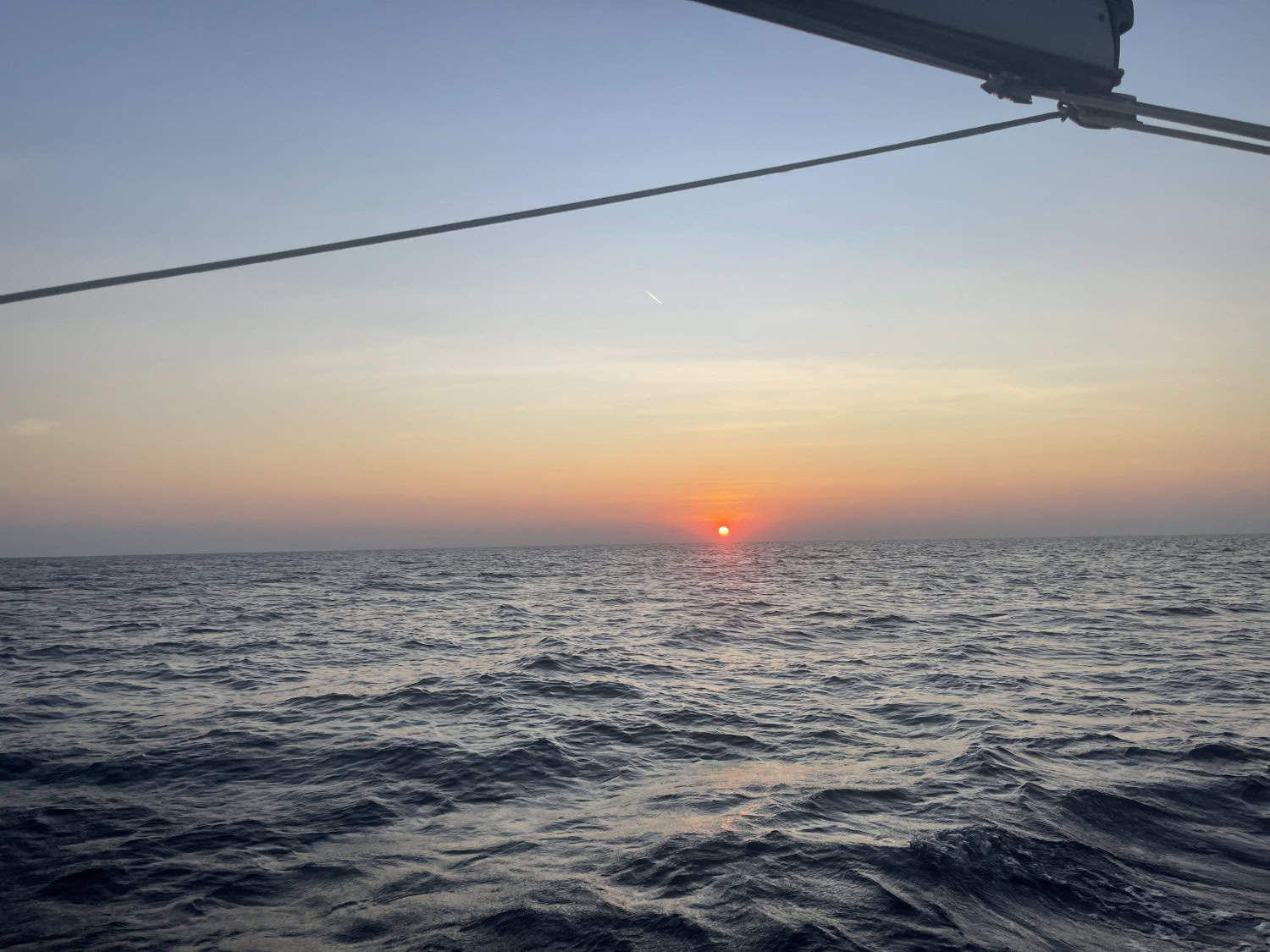
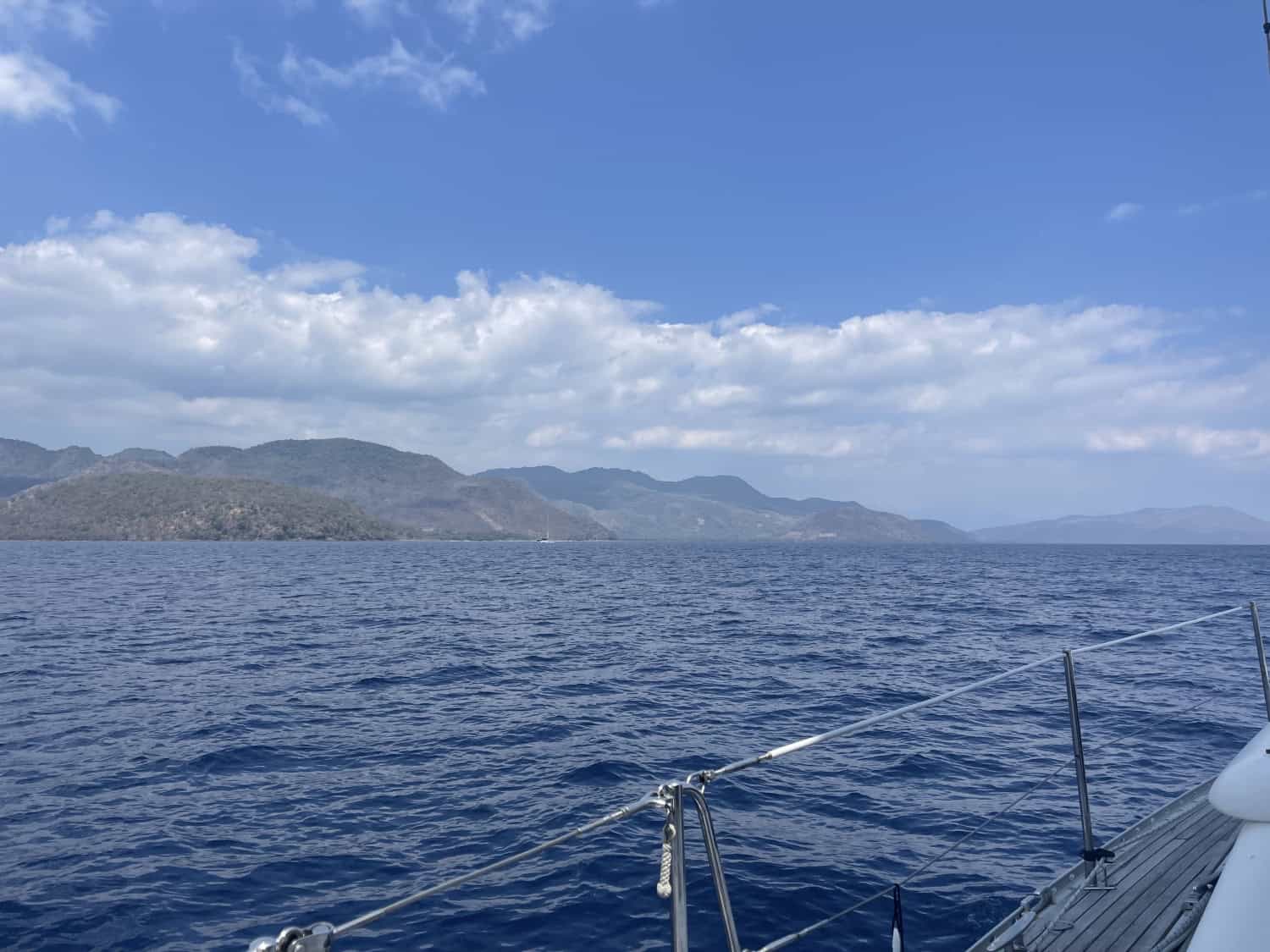
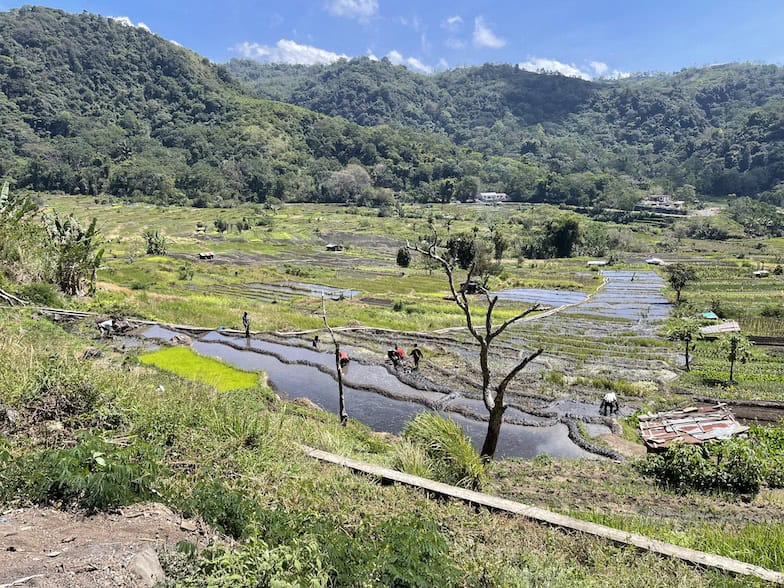
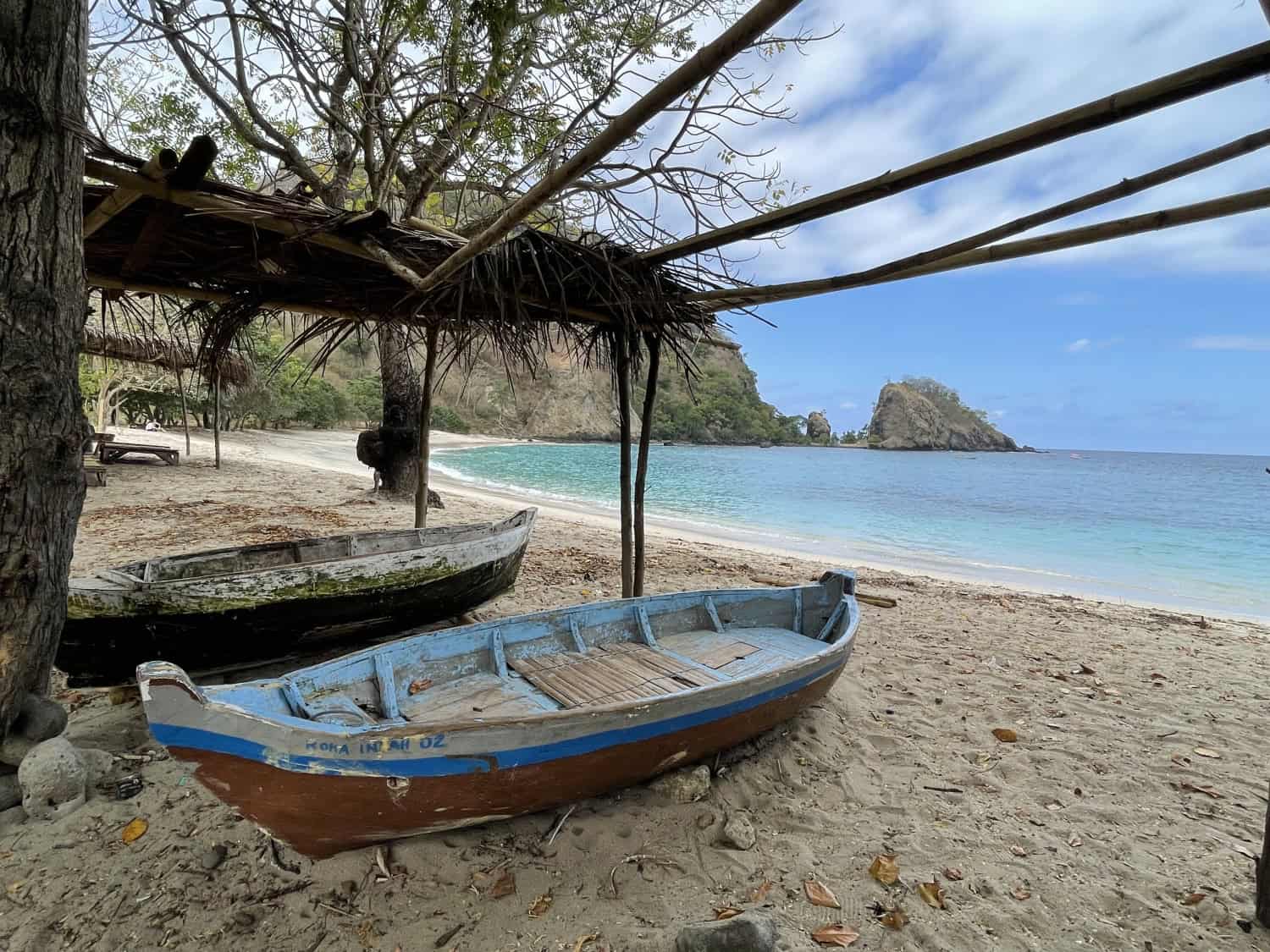
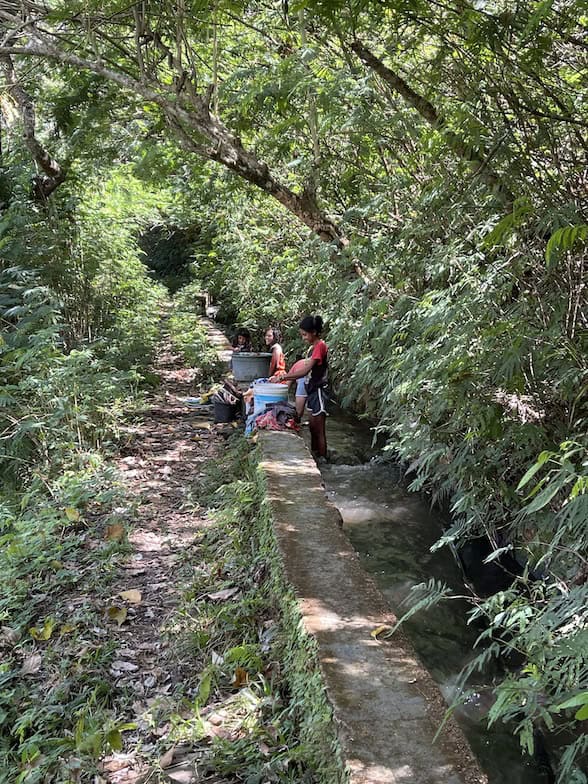
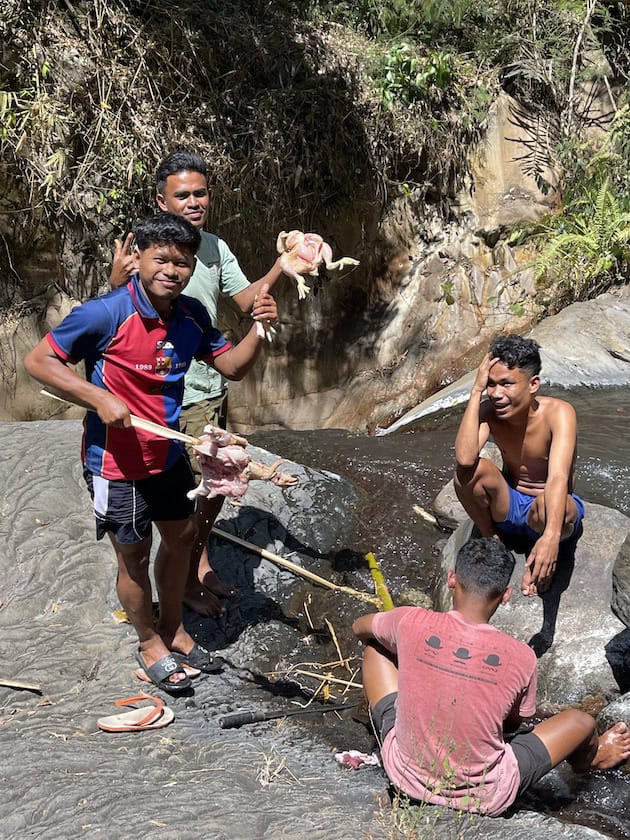
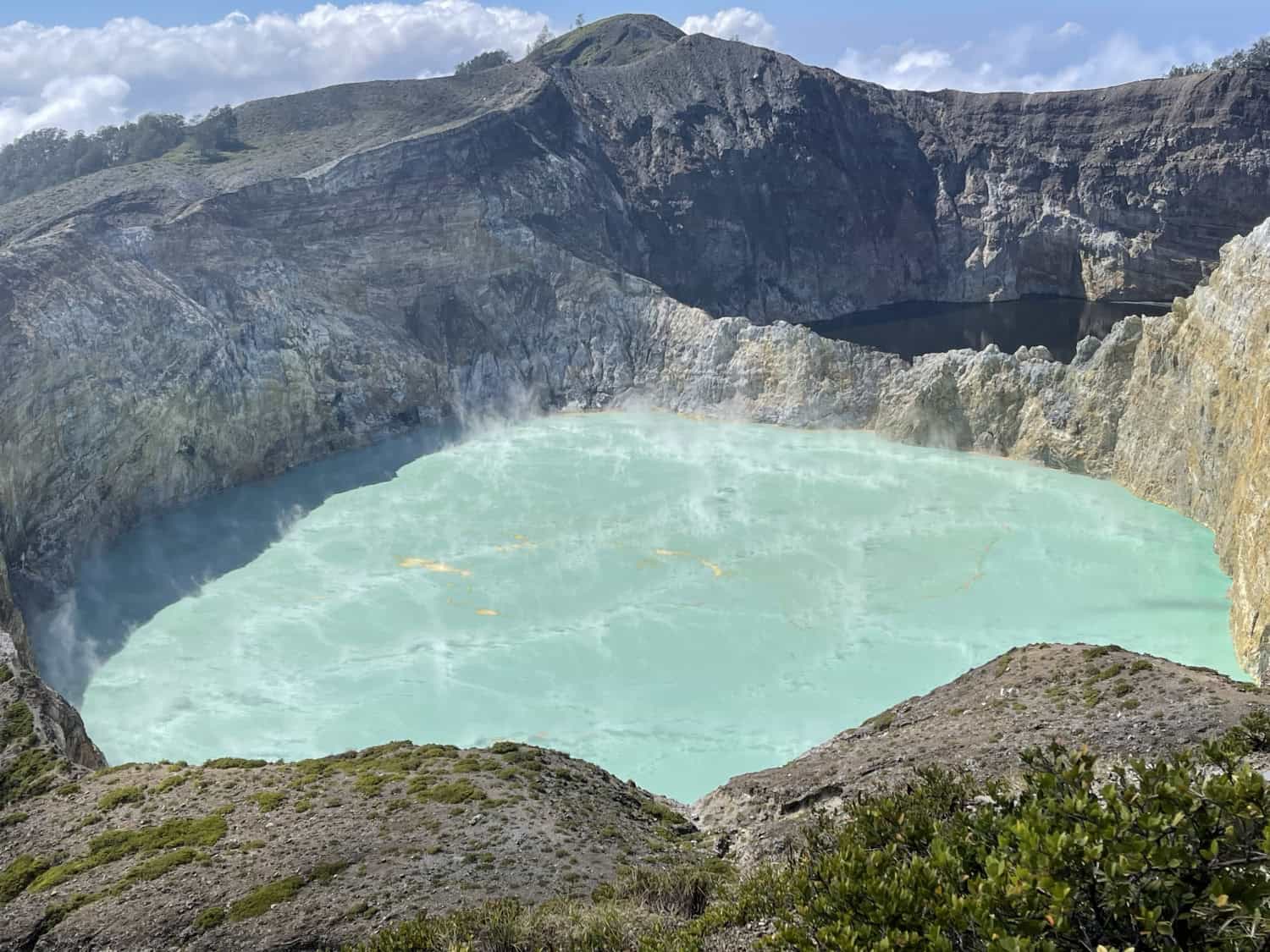
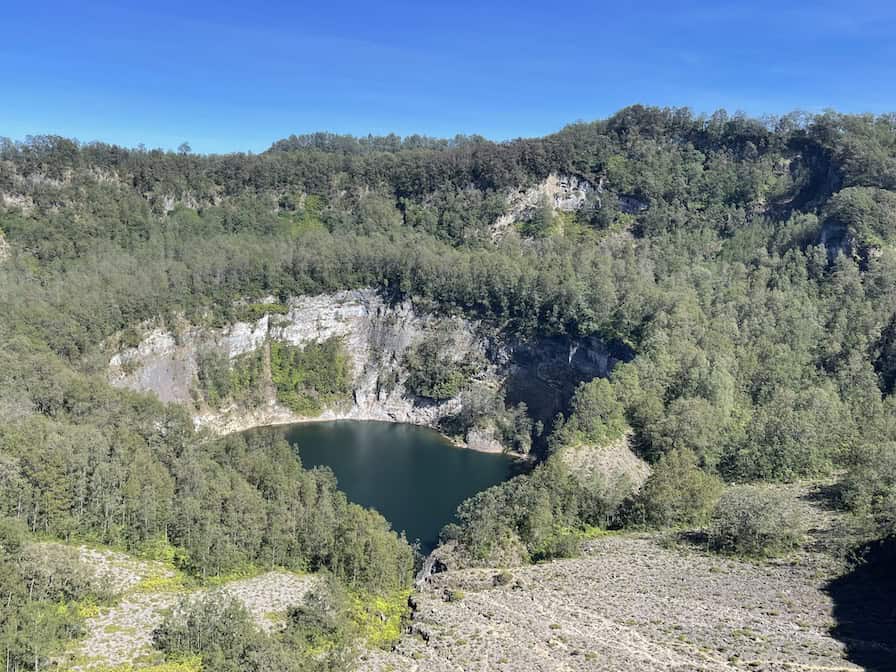
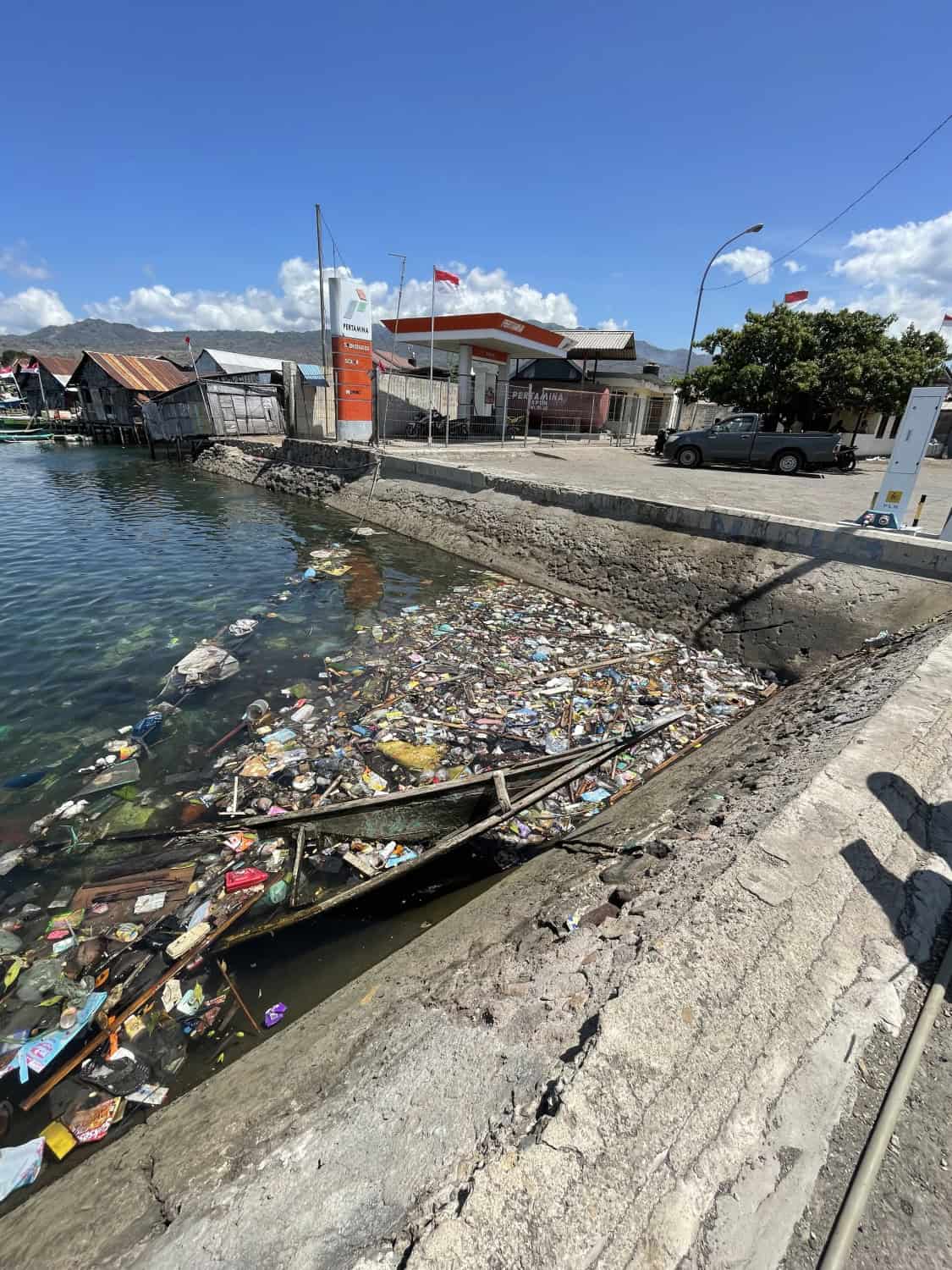
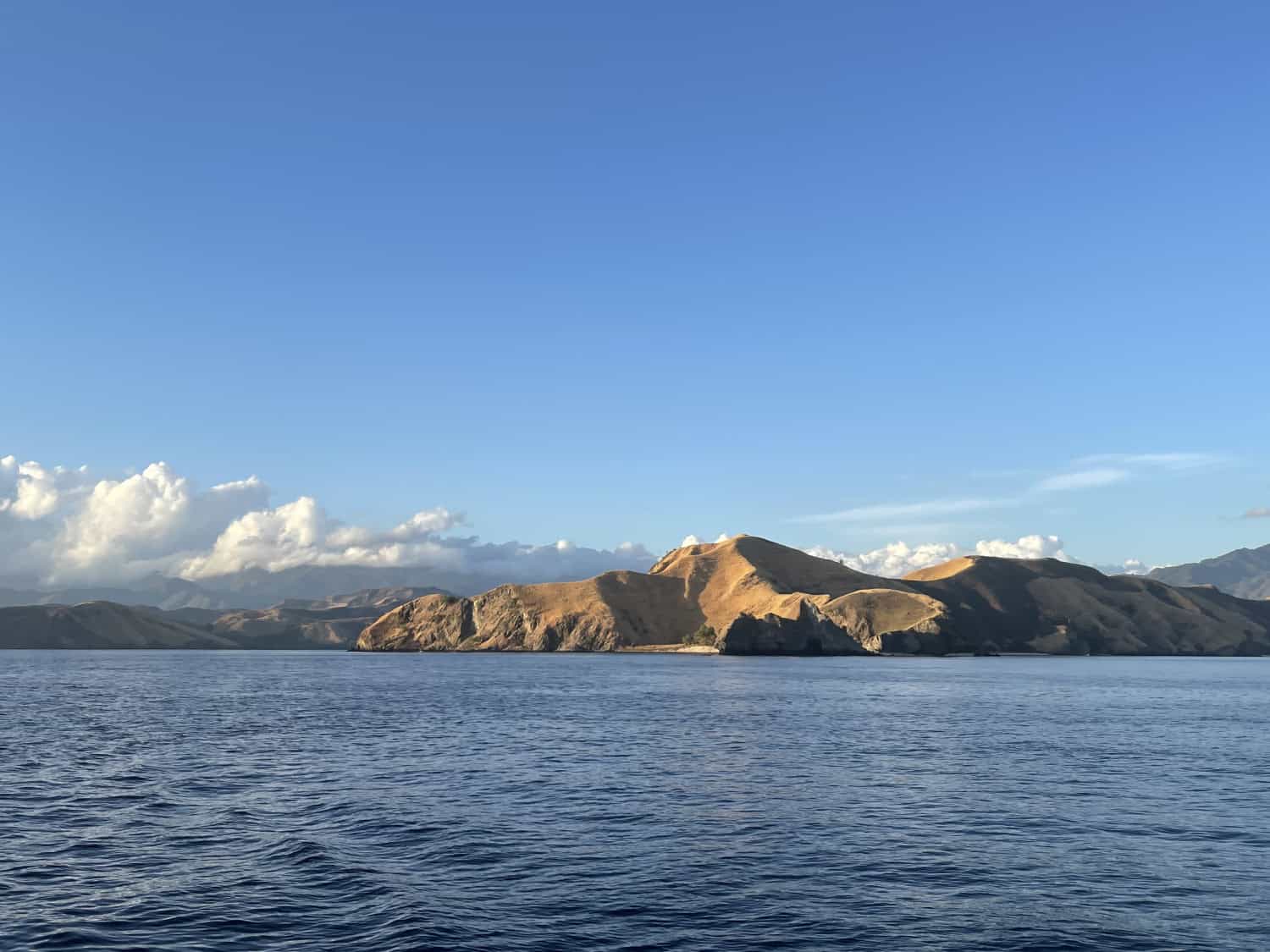
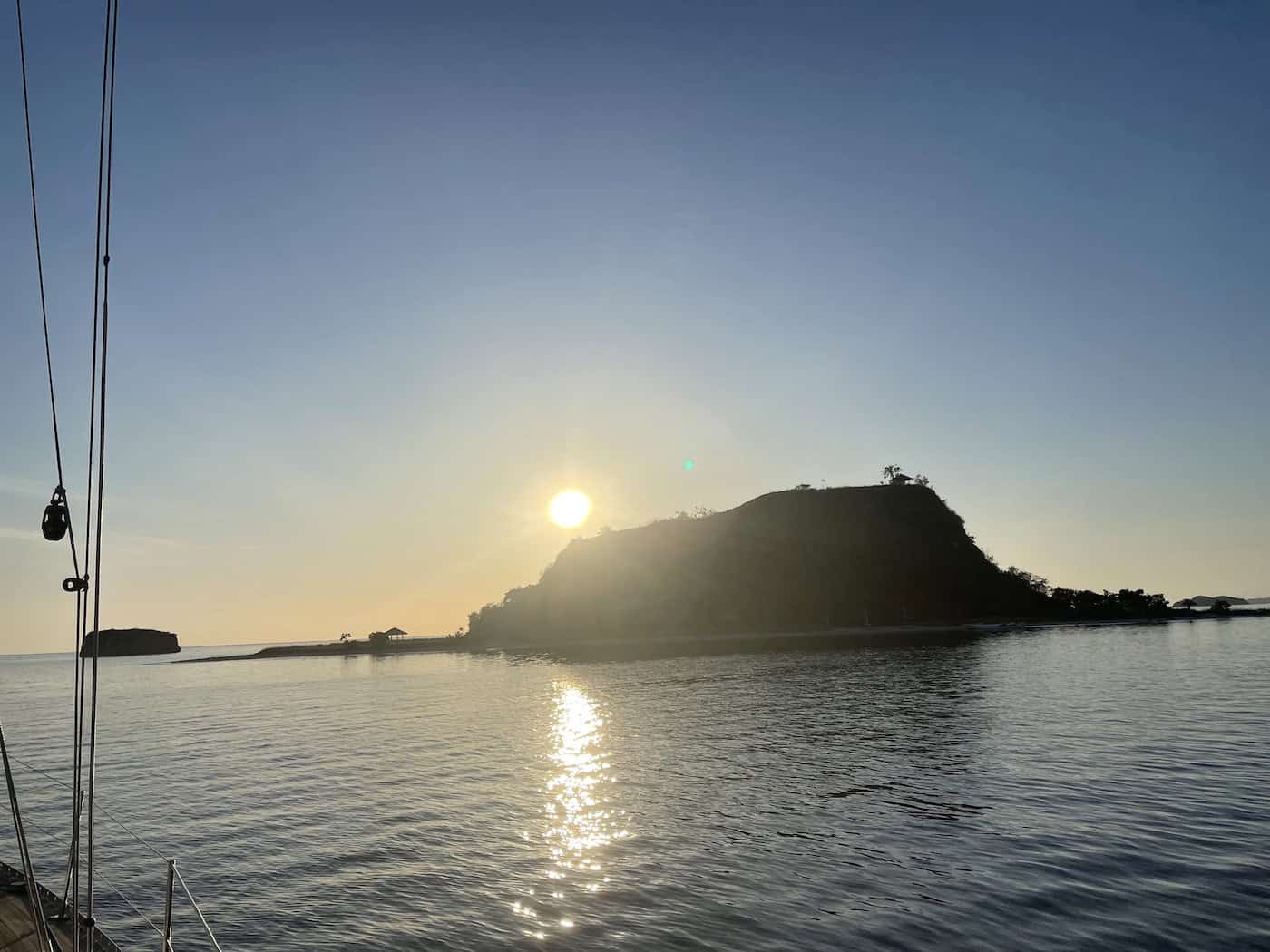
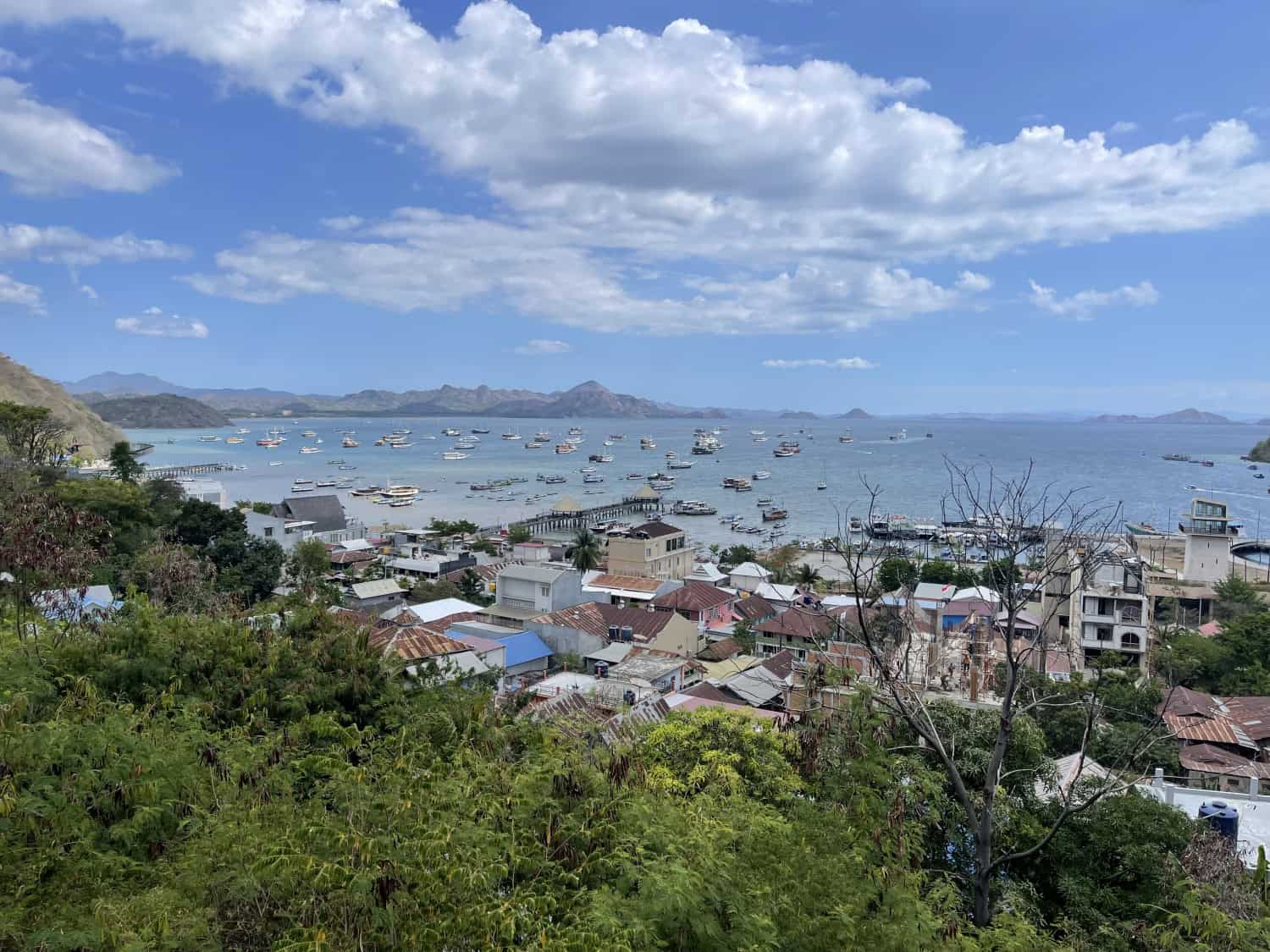
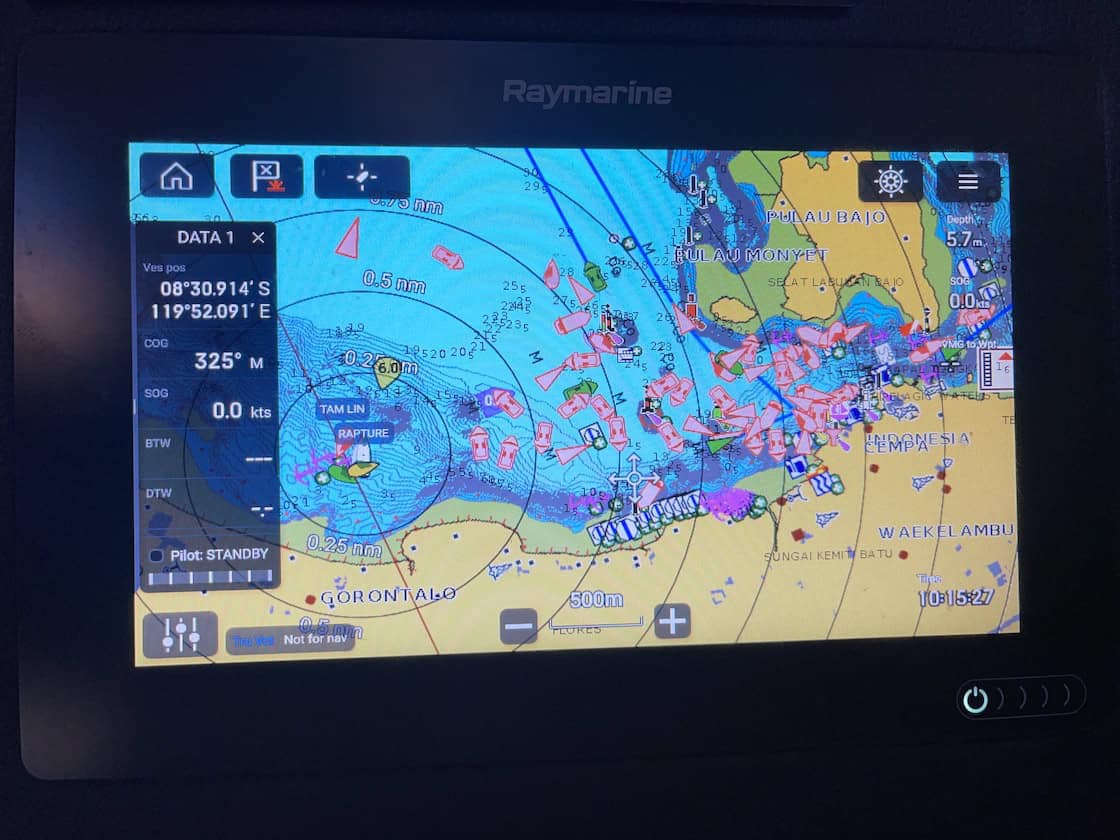
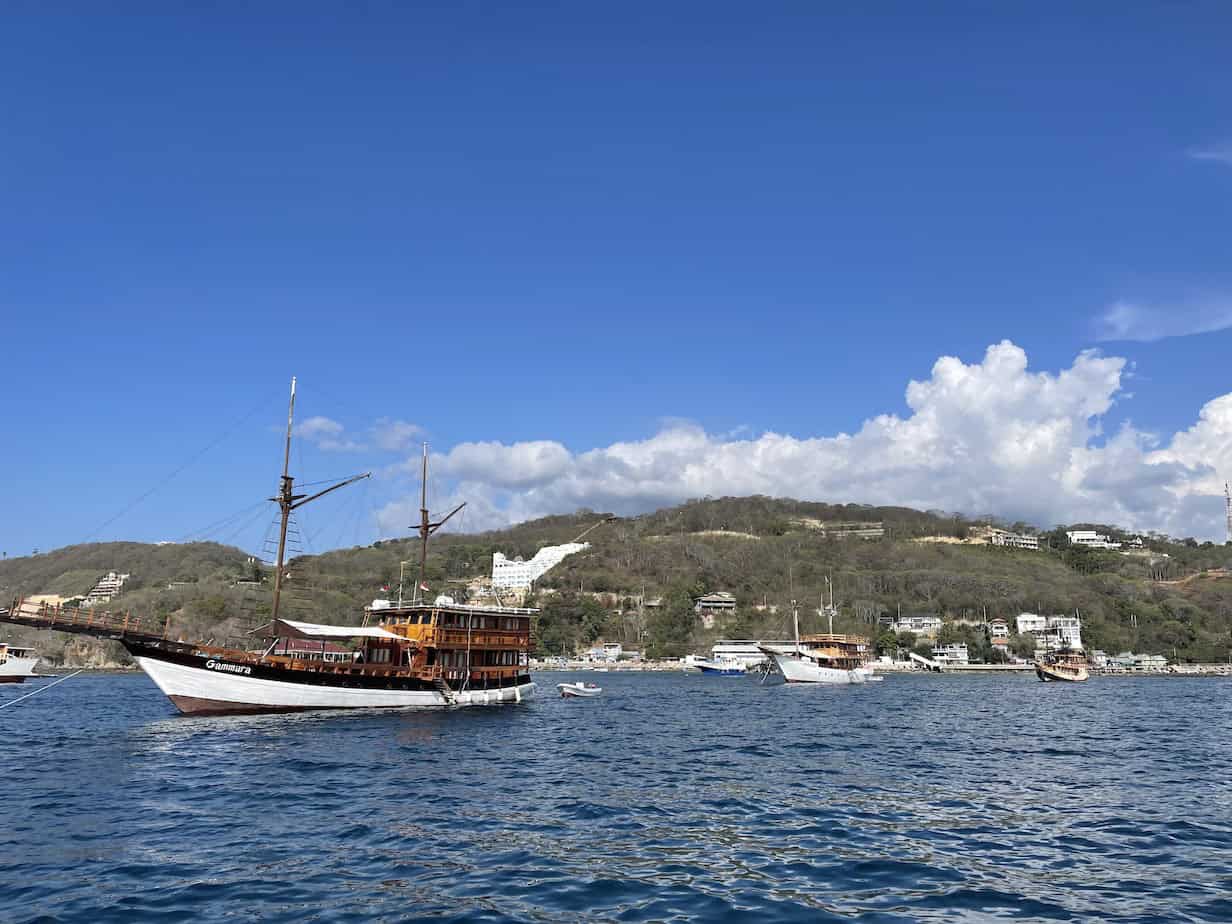
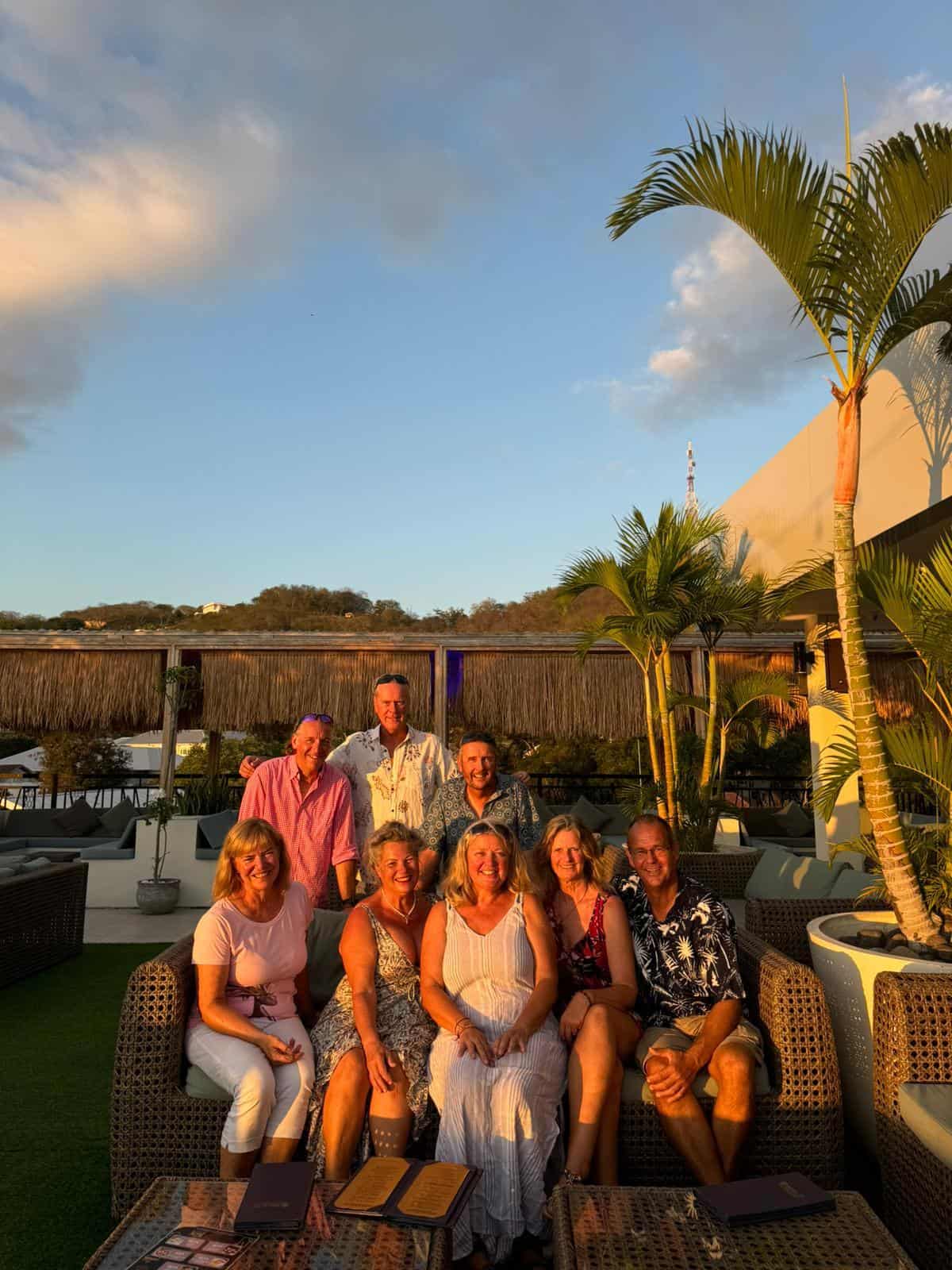
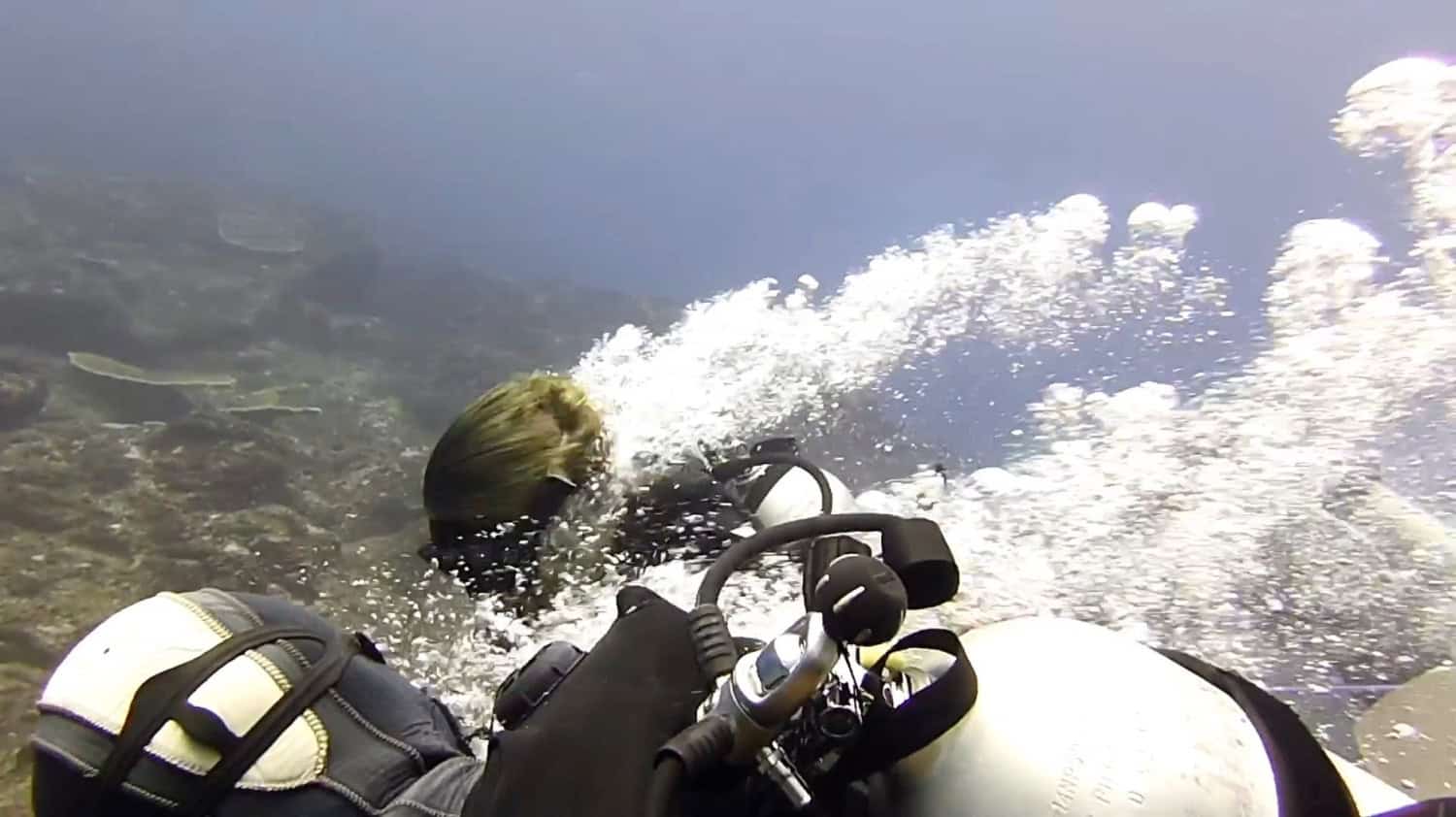
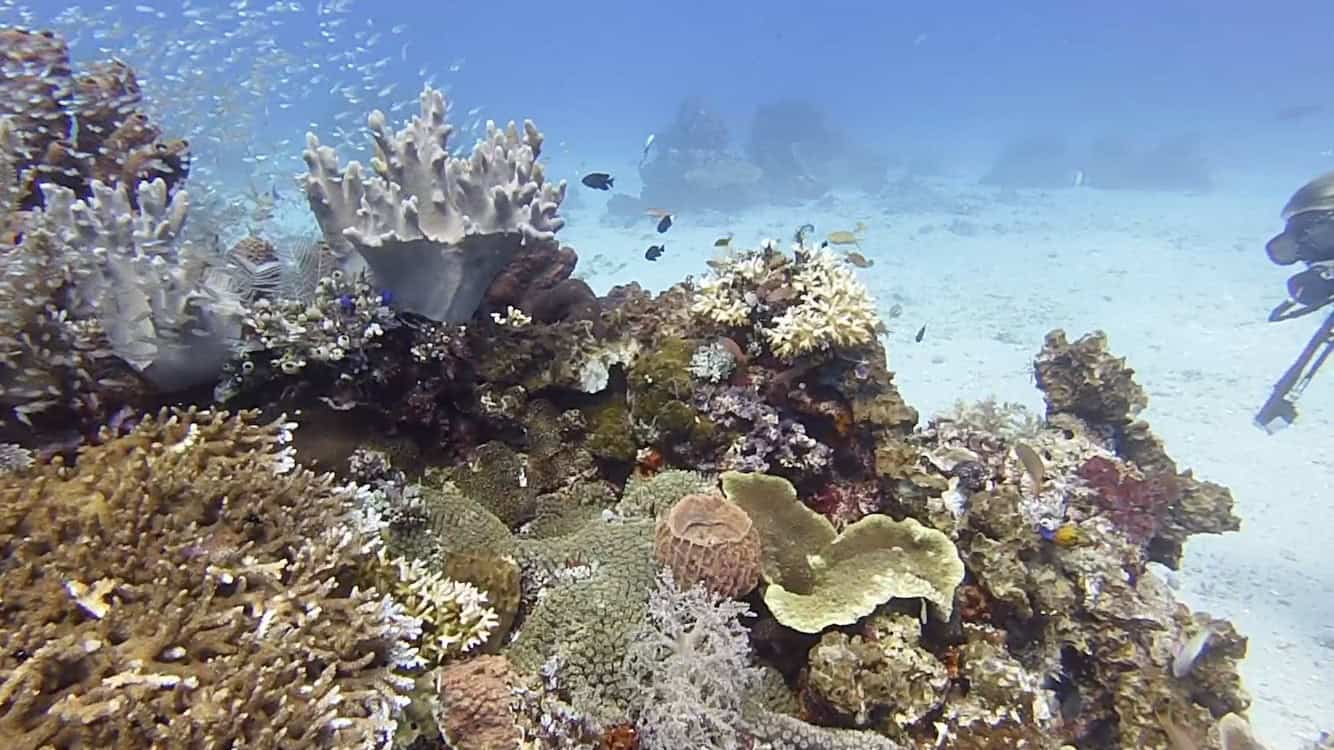
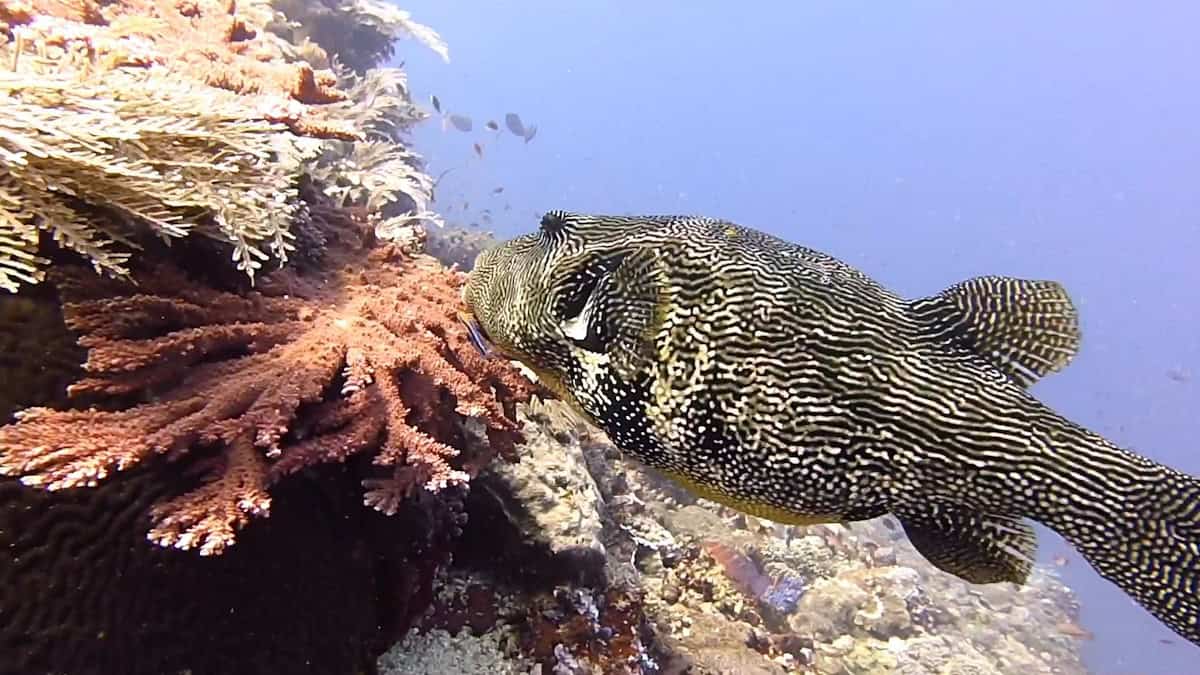

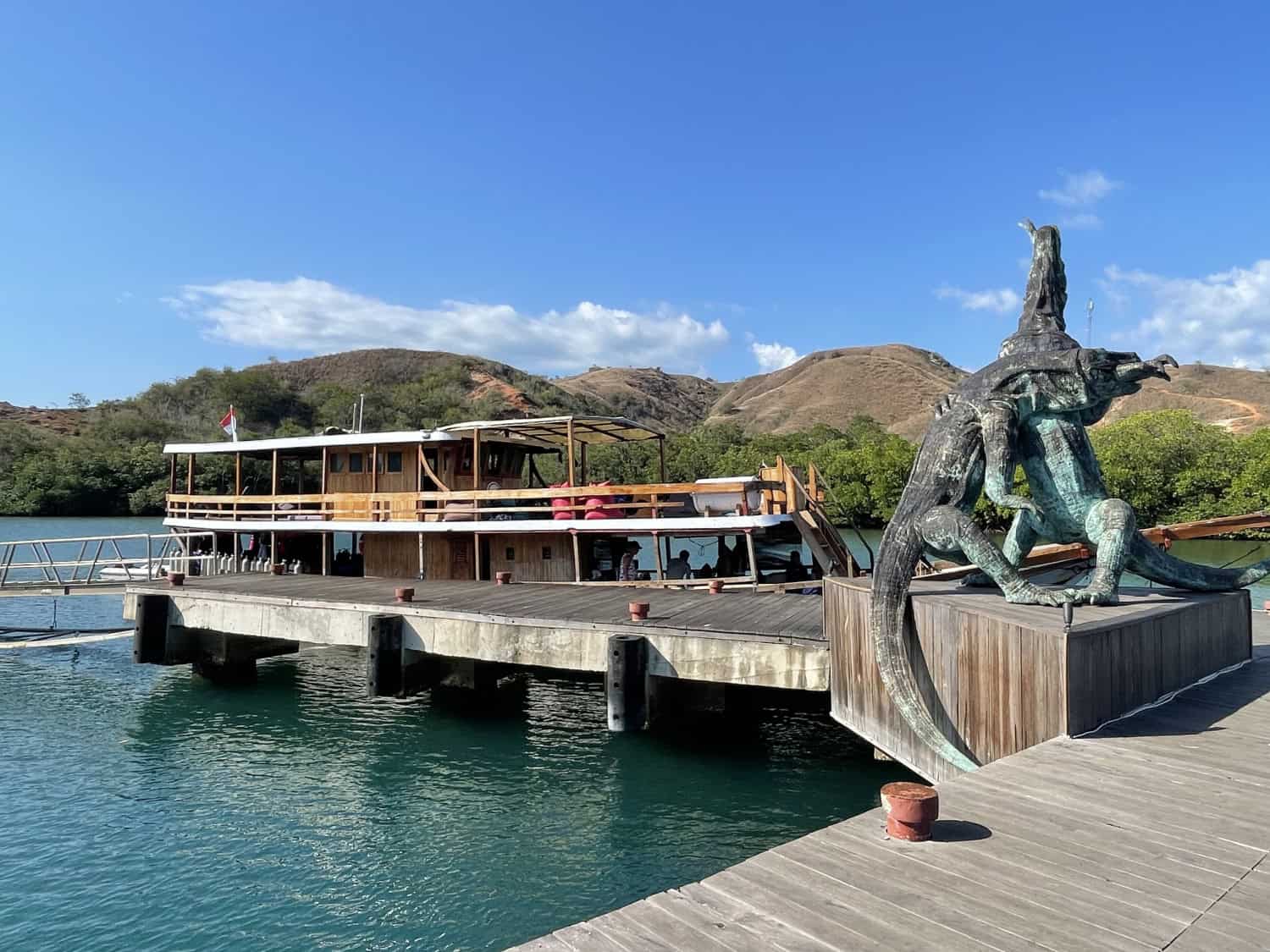
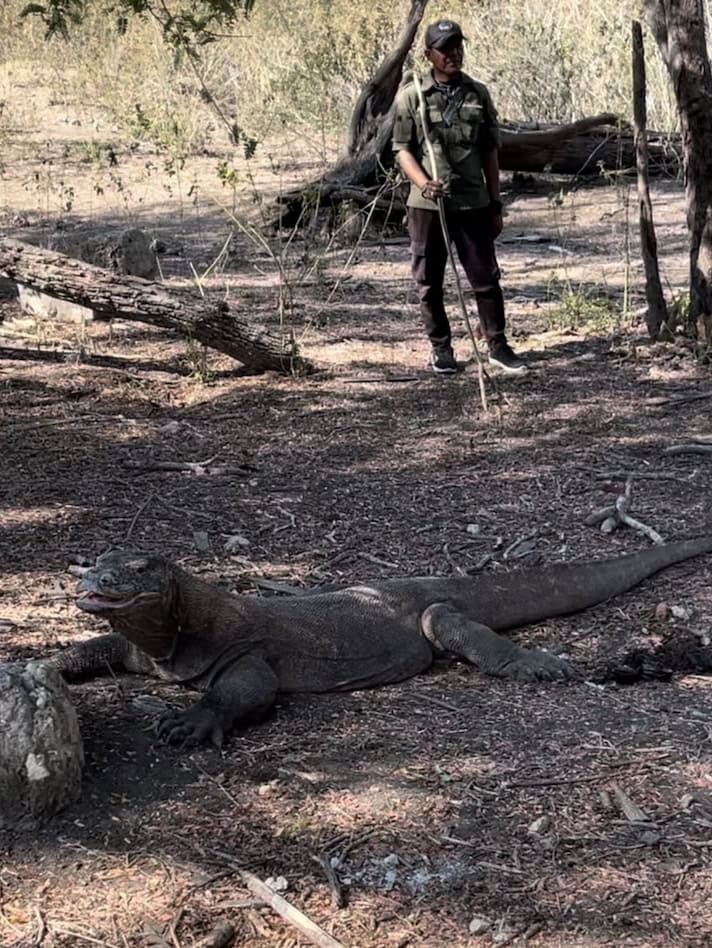
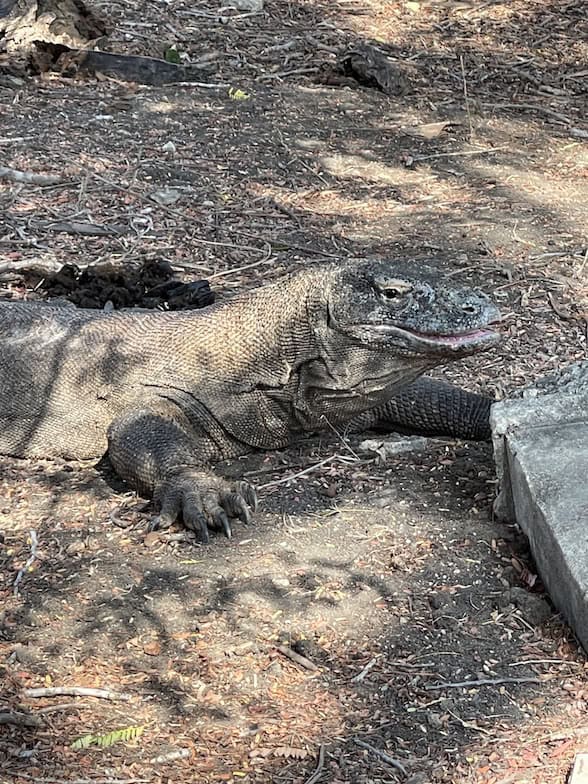
So interesting!
The whole country was fascinating.
Love reading your sailing stories,think of you often,Marilyn NZ
Hi,
Great to hear from you! Hope you are well and keeping busy.
So pleased that you are enjoying following us….more adventures to come x
Great 👍, you visited the same park and dragons we did and we also did some snorkelling there – drifting through between some islands 😊.
Stay safe and fair winds ⛵️.
Not long until we meet again 😃
We went diving in the park… water was so clear! Dive video coming very soon.
See you….x
You do get to some interesting and out of the way places.
Please keep sending us these real-time updates.
Looking forward you reading the book when you get back. (unless you keep going of course)
Hi,
We prefer the out of the way places. We like to experience the real towns!
Not sure when the book will happen….too busy!